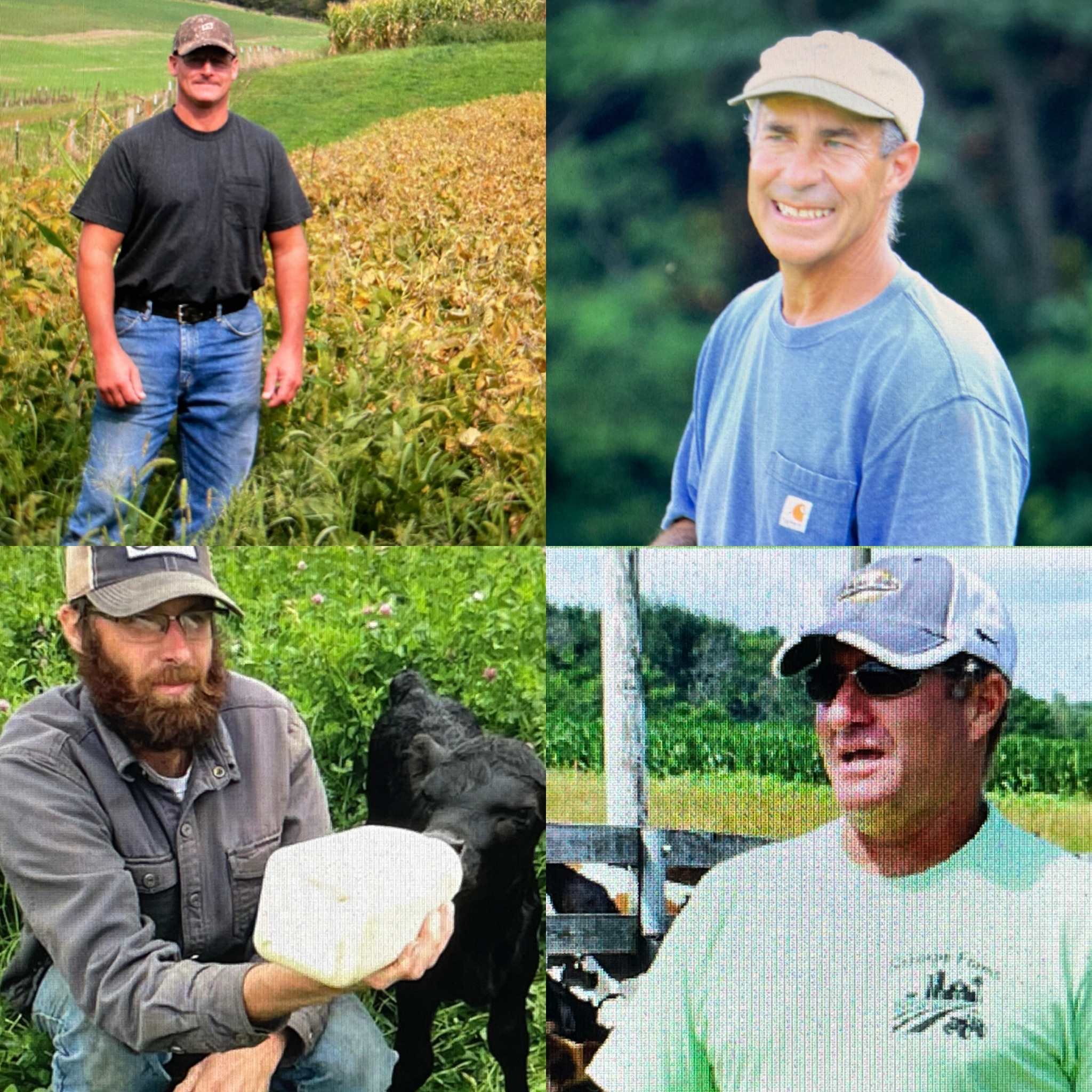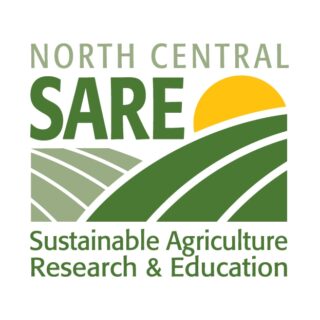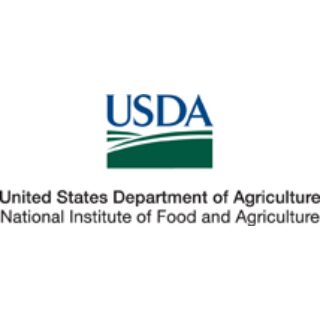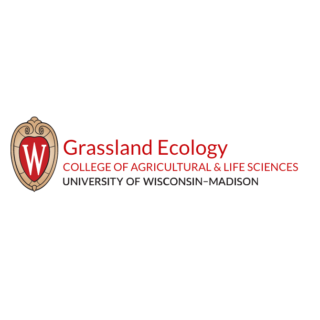Sand County Foundation demonstrated the conservation and economic benefits of rotational grazing livestock on cover crops with four experienced graziers in Sauk County, Wisconsin.
Click here to read an economic analysis and case studies of what resulted from this three-year demonstration project.
Onto Greener Pastures With Rotational Grazing of Cover Crops
The four experienced graziers participating in the project are members of the Sauk Soil & Water Improvement Group (SSWIG). Dr. Randy Jackson with the University of Wisconsin-Madison’s Department of Agronomy was another key partner in the project titled, “Onto Greener Pastures with Rotational Grazing and Cover Crops.”


“By gathering feedback from experienced graziers in an environmentally-sensitive region, these case studies will help reduce the trial and error of grazing cover crops for farmers elsewhere,” said Dr. Heidi Peterson, Sand County Foundation’s Vice President of Agricultural Research and Conservation.
“The introduction of livestock is one of the five principles of soil health,” Peterson noted. “We will demonstrate that grazing cover crops positively impacts soil health, nutrient runoff reduction, and feed cost efficiency.”

The North Central Region Sustainable Agriculture Research and Education (NCR-SARE) Program awarded a grant in support of this three-year project. NCR-SARE offers competitive grants and educational opportunities for producers, scientists, educators, institutions, organizations, and others exploring sustainable agriculture in the Midwest.



